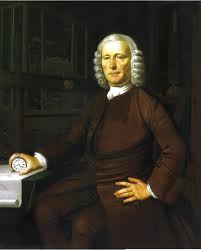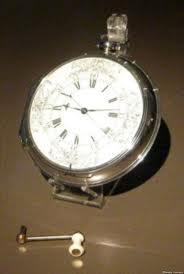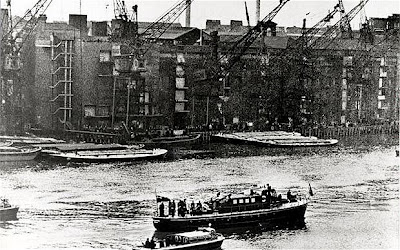You are currently browsing the monthly archive for January 2013.
On 30th January 1965 the Second Battalion of the Grenadier Guards placed the flag draped coffin on to the Havengore at Tower Pier. Royal navy pipers played a lament. As the Havengore set off westwards to the Festival Pier there was a nineteen gun salute and Rule Britania played as Churchill went on his last journey on the Thames. The little survey vessel of the Port of London Authority went upstream against the flood tide. Crowds of people lined both banks of the river and the bridges that the Havengore would pass.
The BBC commentator described this area of the Thames as “the industrial sea port of London”. During the river procession the BBC coverage included, U.S. President and friend of Churchill, Dwight D. Eisenhower paying his tribute, saying:“Upon the mighty Thames , a great avenue of history, move at this moment to their final resting place the mortal remains of Winston Churchill.”
One of the iconic images of this day was of the cranes which had been erect dipping in a salute as the cortege passed. Just four years later this extraordinary gesture could not have been made as by then all the cranes were gone. To mark the anniversary I traced the procession and reflected upon the changing face of the river some forty years on. The cranes of Hay’s Wharf on the south bank have now been replaced by County Hall and Hay’s Galleria. Hay’s Wharf had extended from London Bridge to Tower Bridge and had traded from 1710-1969. Further downstream Butler’s Wharf is still there but is now home to several restaurants. The Tower of London remains a constant.

It was one of those cold days, on which only dog walkers venture out, when I visited Charlton House. Most of the grounds were still covered with snow and I was the lone figure in the park. However, when I went into the Mulberry Cafe inside the house I was shocked at the number of people. There were parents and their children who had visited the Toy Library, students waiting for a Japanese lesson to begin and students from the Guildhall School of Music who would be performing a lunch time recital. The place was busy and vibrant.
Charlton House was bought in 1925 by Greenwich Council and is now a library and community centre. It is regarded as one of the best preserved Jacobean houses in London. During the First World War it was used as a hospital. The Maryon Wilson family who had owned it left at this point. Part of the former estate now forms the Maryon Wilson Park that stretches down to the Thames. During the Second World War the north wing of the house was destroyed by a bomb but has since been restored. Just outside the grounds on the Charlton Road there is a spectacular view across the river and over to the City.

At one corner of the grounds there is a Garden House which is on English Heritage’s “At Risk Register.”
Built in the mid to late C17 it is attributed to Inigo Jones. It had previously been converted to a public toilet but now looks desperate for attention and a new purpose. Close by is a Mulberry Tree which is thought to be the first in England. It was introduced by James 1st to encourage the silk trade. The walled gardens, there are two, were redesigned in 2003-4. One is a dedicated Amnesty International Peace Garden a place for quiet contemplation and reflection.


I decided to extend my visit to Charlton House by going to the performance by the Junior Guildhall String Ensemble. This took place in the Old Library which is an oak paneled and galleried room. A perfect environment to listen to an accomplished and most enjoyable concert.

Before 1833 the only secure way to set the accurate time was to bring your watch to Greenwich and set it. This was such an important function that one family, the Belvilles, set up a weekly service carrying Greenwich time to paying clients in London. Today lots of visitors come to Greenwich to see the Prime Meridian and the Harrison clocks as well as all the other wonderful sights. I’ve lived in Greenwich most of my adult life and never tire of it, however, you can take things and places for granted but not the Harrison clocks.

The clocks are in Flamsteed House and there is a charge of £7 to visit. The exhibition makes very good use of contemporaneous paintings and multi media to explain the problems in not having an accurate means of measuring latitude. In response to the competition of 1714 to solve the longitude problem John Harrison, a carpenter by trade, set about making his timepieces. Looking at the precision engineering of the clocks it is remarkable to learn that Harrison was a self taught clock maker. There is a portrait of Harrison dated 1766 holding the H4 clock. This along with the clocks themselves leaves you wondering about the determination, perseverance and ingenuity of this man.

Harrison first got involved in the latitude competition in 1726 and the H4 was completed in 1759. The H1 tool 5 years to complete but was not accurate enough. The H3 took 19 years and has over 700 precisely engineered parts. Over time the clocks fell into a state of disrepair. They were rediscovered after the First World War by a retired naval officer Rupert T Gould. Gould spent many years repairing and restoring the clocks. He too must have been a man of great determination and perseverance.










